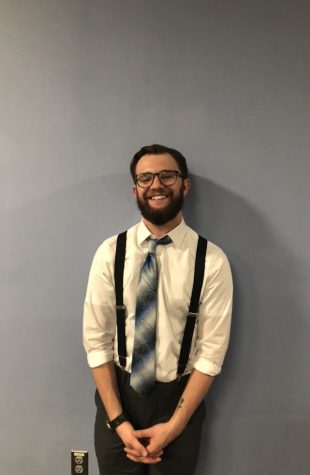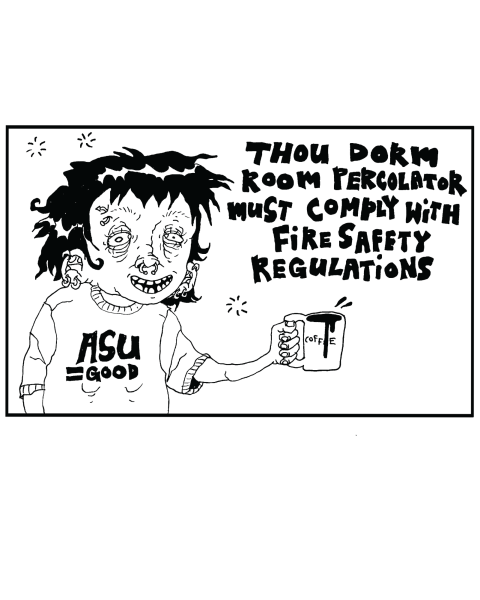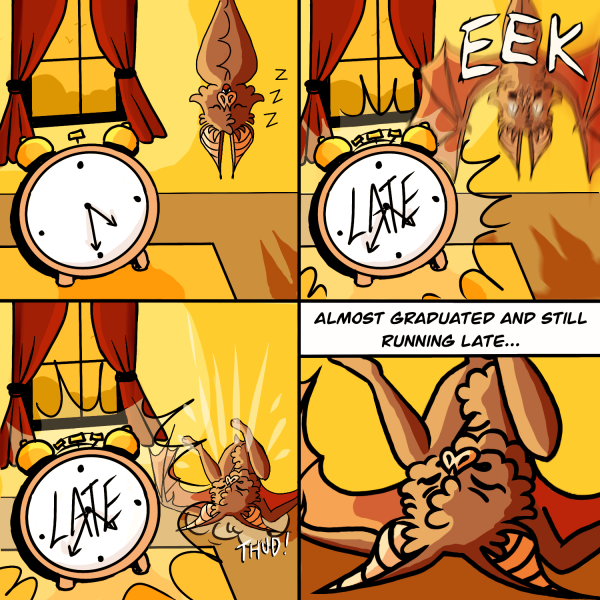COVID-19 disrupts spring break plans for some App State students
March 23, 2020
Dreams of fresh Italian pasta, gelato and Renaissance architecture were traded for the reality of Wilmington’s chilly beaches and miniature glow golf courses as the new coronavirus splintered spring break plans for App State students.
The mid-semester break seemed the perfect opportunity for Charlie Sanderson, junior communication studies major, to visit Florence, Italy, and meet up with his former roommates who are studying abroad.
“I just didn’t want to get there and number one, possibly get sick and get quarantined,” Sanderson said. “But also, I didn’t want to get there and pretty much have roadblocks stopping me from all the stuff I wanted to see (and) all the stuff I wanted to do.”
The Centers for Disease Control and Prevention confirmed the new coronavirus, which is a respiratory disease first detected in China, has reached every continent except Antarctica. As of March 23, over 15,000 people have died from COVID-19 worldwide according to Johns Hopkins University. The North Carolina Department of Health and Human Services has not reported any deaths in North Carolina but a total of 297 confirmed cases.
App State Student Health Services has been closely following updates from the CDC, WHO and American College Health Association to ensure the university is well-prepared for a possible local outbreak. Margaret Bumgarner, administrative director of Student Health Services, said the situation has been developing “quickly.”
“If someone presented to our clinic, the first thing we would do is (go through) your history,” Bumgarner said. “If you tell me that you’ve been to see your grandma … in Washington state and now you have a sore throat and a cough, I may probably do a rapid flu rapid strep and I’m going to call the public health department.”
Based on the health department’s investigation, the university would then decide to place the student in its isolation room or advise them to self-isolate for 14 days or until the test comes back negative, Bumgarner said.
In order to be cleared by health professionals, a potential patient must be symptom free for at least 14 days and test negative twice, according to CDC protocol.
“(During self-isolation), you just try to stay out of the general population,” Bumgarner said. “You take your temperature at least twice a day, you check in with how you’re feeling, you’re not going to the local restaurant and eating.”
Bumgarner said the virus is concerning because there is not much information, there is not a cure and there is a high death rate for the elderly, but she said “it’s wider than just a disease.”
While Bumgarner does not want to “downplay” the severity of the virus, her primary concern is its potential disruption to everyday life.
This disruption has hit beyond Sanderson’s spring break plans. App State student Ava Dawson altered her plans as well. Dawson and two friends went to Switzerland and planned a day trip to Milan, but decided to reroute to Barcelona, Spain, due to the travel advisories.
“We’re obviously aware of everything. But, we’re not really worried. Once we get there, I think we’ll be fine, but our parents are a little worried about it,” Dawson said prior to her trip.
The three girls were disappointed they couldn’t travel to Milan, but Dawson said they all consider themselves “pretty go with the flow” people and still had fun.
But, halfway through their trip, their plans changed again. On March 11, President Donald Trump announced a 30-day travel ban on all European countries except the United Kingdom.
“After Trump made his speech our parents kinda freaked out and switched our flights so we could get home a little bit quicker,” Dawson said. “So, we got on the same flight just one day earlier.”
Dawson said they did this just in time because American Airlines ultimately canceled their original flight and just before airports started stepping up their monitoring of the virus.
“It was interesting because when we went through U.S. customs they didn’t even ask where we were traveling from,” Dawson said. “There (was) no one checking temperature(s) or anything like that.”
Common preventative measures, like regularly washing hands and cleaning surfaces, should be taken to lower the risk of spread, but there is still much experts do not know about the virus, Bumgarner said.
“I think we’re going to be dealing with this for a little while,” Bumgarner said. “Lack of knowledge, I mean what is any more scary than that?”












